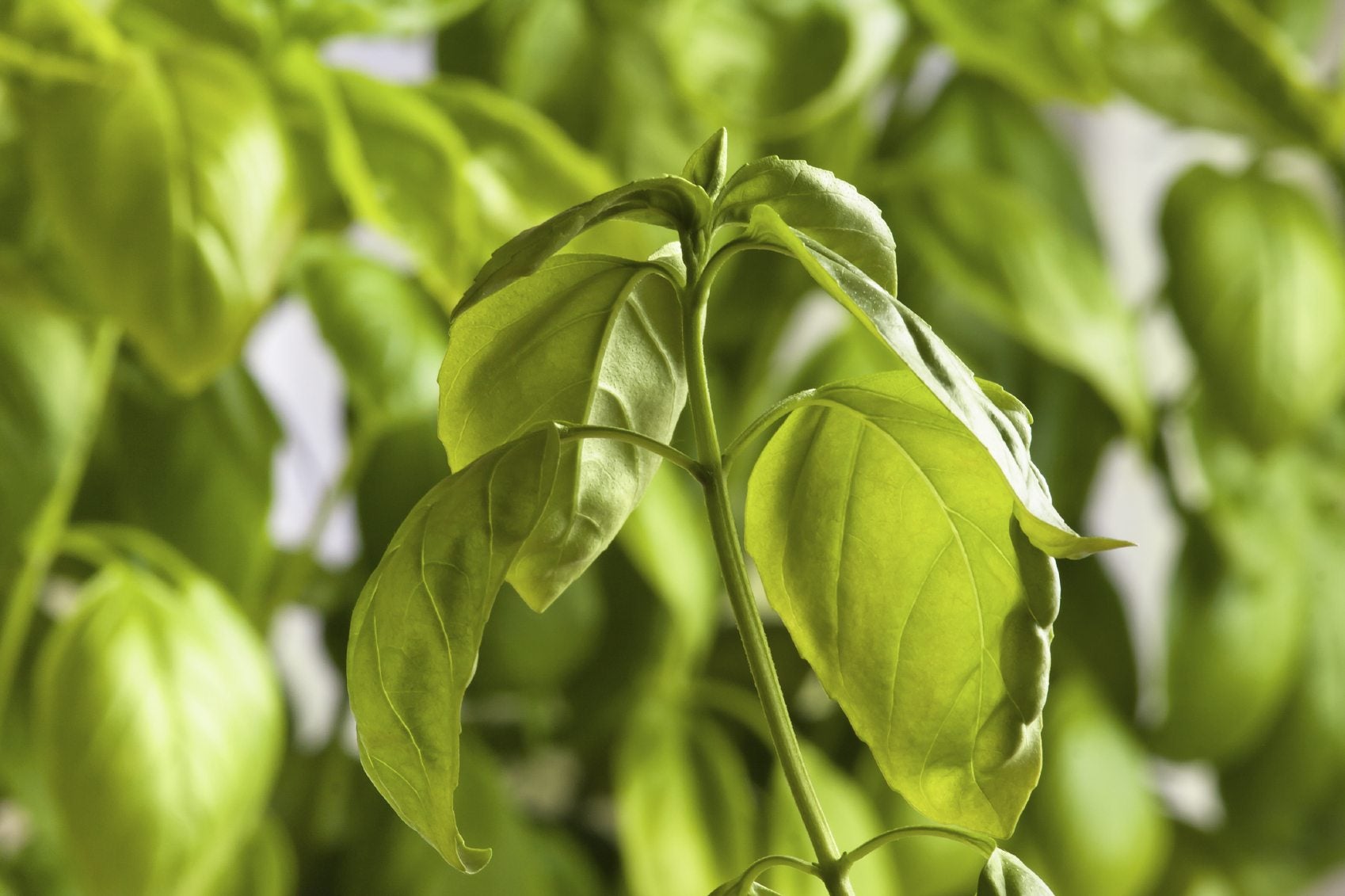Citrus Leaves Curling: Common Causes & How To Fix Them
A citrus tree tends to be low-fuss, but citrus leaf curl can indicate either a pest presence or something you can change, like the amount of water you're using or how well the soil drains.


Caroline Bloomfield
Citrus Leaf Curl
Citrus plants are bright, fun additions to the patio or landscape (and even indoors), providing a gardener with a steady supply of sweet and tart fruits with little regular care.
As far as fruit trees go, citrus tends to be a low-fuss plant, but when curling citrus leaves appear, you may need to intervene. Curled leaves on citrus plants may indicate a significant pest problem or can point to an environmental issue.
What Causes Citrus Leaf Curl?
Citrus leaf curl is caused by many different things, making positive identification of your problem important before you can determine how to treat leaf curling on citrus. Below are the most common causes of curling citrus, along with ways to manage them.
Pests
Sap-sucking pests like aphids, mites, and psyllids feed on citrus leaves by extracting the juices directly from transport tissues. As populations grow, they can cause deformations including curling and cupping in leaves, as well as discoloration. When you notice your citrus leaves are curling, check their undersides carefully for tiny pests feeding in clusters.
If you spot them, spray your citrus tree with insecticidal soap or neem oil, making sure to coat areas where pests were spotted. Repeat this treatment weekly until your citrus plant begins to recover and all signs of insects are gone. Citrus leaf miners are another insect pest of citrus, but instead of sucking on leaf juices, the moth larvae tunnel through leaf tissues as they grow.
These tunnels are highly visible on leaf surfaces, appearing as undulating white or yellow lines on the green leaf surfaces. Citrus leaf miners are difficult to treat successfully; it's generally recommended that you allow them to run their course since most citrus trees can tolerate a significant leaf miner load.
Environmental issues
Drought stress is the most common cause of leaf curl in citrus but is also the easiest to remedy. If leaves begin to curl inward while retaining their green coloration and the soil around your tree feels dry to the touch, you're not watering enough.
Gardening tips, videos, info and more delivered right to your inbox!
Sign up for the Gardening Know How newsletter today and receive a free copy of our e-book "How to Grow Delicious Tomatoes".
Stepping up watering efforts and applying 2 to 4 inches (5 to 10 cm.) of an organic mulch to the ground around your citrus plant will help it recover. Wait to fertilize until the tree resumes normal, healthy leaf production.
Potassium deficiencies show up in citrus as leaves with a yellow cast that are bent downward at the tip. Check the soil pH and nutrient levels before fertilizing these trees to ensure there aren't bigger problems.
If everything checks out, supplement with an extra dose of fertilizer and monitor your tree for improvement. Make sure to provide the tree with enough water to move potassium throughout its system.

Kristi Waterworth was a regular contributor to Gardening Know How for many years, answering countless queries on plant pests and diseases.
- Caroline BloomfieldManager of Marketing Communications
-
 Types Of Tomatoes Explained: Explore The Many Wonderful Shapes, Colors, Flavors, & Best Uses
Types Of Tomatoes Explained: Explore The Many Wonderful Shapes, Colors, Flavors, & Best UsesThe world of tomato varieties is vast and fascinating. Learn about the key types to grow in your garden, tailored to your preferences and space.
By Amy Grant
-
 Try The Trend – Turn Any Bed Into A Keyhole Garden With This Clever In-Ground Composter
Try The Trend – Turn Any Bed Into A Keyhole Garden With This Clever In-Ground ComposterKeyhole gardening is an efficient and sustainable practice that saves space. Get started on this DIY project quickly and easily with an in-ground composter.
By Bonnie L. Grant